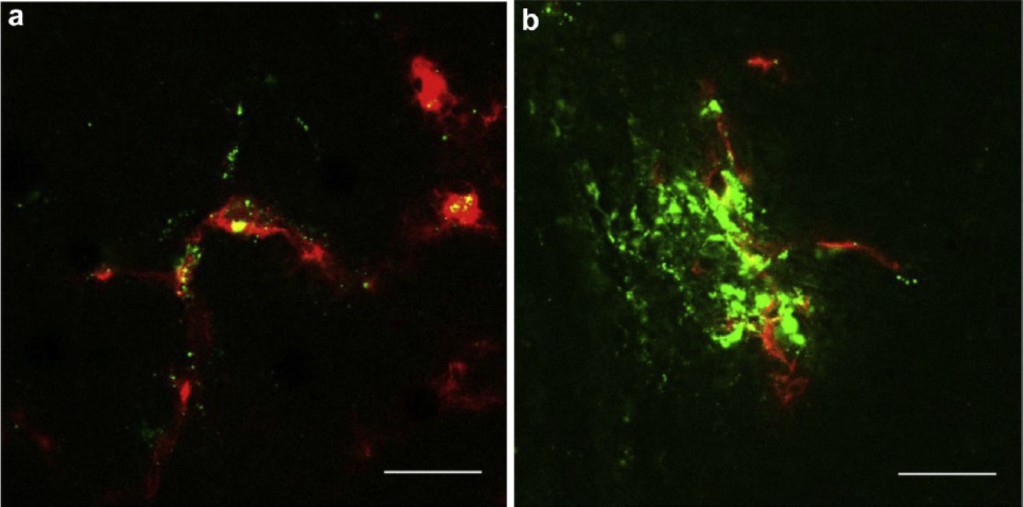The FRIPRO project, entitled “Ultrasound-mediated transport of nanoparticles in tissue: A predictive model” and developed by Professor Catharina de Lange Davies, associated member to PoreLab, has received funding from the Norwegian Research Council. This is a main accomplishment!
The project can be summarized as follow:
A prerequisite for successful cancer chemotherapy is that the drugs reach all tumor cells. However, less than 1% of injected drugs accumulate in tumors. Encapsulating drugs into nanoparticles (NPs) improves the accumulation of drugs in tumors and reduces the toxic effect, but the tumor uptake of NPs is low and heterogeneous. Delivery of NPs to brain tissue is even more challenging due to the blood-brain barrier (BBB). Focused ultrasound (FUS) has been found to improve the delivery of NPs to tumor tissue either by acoustic radiation force or cavitation caused by microbubbles (MBs), and temporarily open the BBB. MBs will oscillate in the acoustic field which can generate mechanical effects on the vessel wall, enhancing the vascular permeability. The next step is the penetration throughout the interstitium. This transport process is poorly understood. We hypothesize that MBs in the blood vessels oscillating in the acoustic field cause the capillary wall to vibrate and generate interstitial flow and this flow transports NPs and drugs through the interstitium. To prove our hypothesis, we will establish a theoretical framework describing transport in porous media and combine modelling/computer simulations and experiments. The theoretical work and simulations will be carried out at the Center of Excellence Porelab at NTNU which has extensive competence on porous media transport. The results of the simulations will be continuously challenged and validated through experiments and advanced imaging of NPs in tissues. The interstitium will first be regarded as a network of flow pores, followed by a continuum model. This novel approach will bring new knowledge on FUS-mediated transport through tissue, optimizing FUS-mediated delivery of NPs and drugs and understanding the impact of interstitial flow generated by acoustic radiation force or the vibrating capillary wall. The new knowledge will lead to a model predicting the distribution of NPs and drugs in tumor and brain tissue.
The project manager is Catharina de Lange Davies, and the project team consists of Professor Signe Kjelstrup, Professor emeritus Dick Bedeaux, current PhD student/SINTEF researcher Magnus Aa. Gjennestad all members of Centre of Excellence Pore Lab, NTNU and Professor emeritus Bjørn Angelsen, Dept of Circulation and Medical Imaging. To further strengthen the research team, the project will involve three international collaborators: Univ of Oxford, Univ of Naples and Univ of Barcelona.
2 PhD students will be trained during this project. PhD 1 will be involved in the theory and simulations, and will be supervised by Signe Kjelstrup and Magnus Gjennestad. This PhD will work at PoreLab. PhD 2 will be involved in the experimental work and be supervised by Catharina Davies and postdocs in her research team. The two PhD students will work in parallel in dynamic interactions.

Figure: Distribution of NPs in tumour tissue with no FUS (a), with FUS in the presence of MBs (b). Red=Blood vessels, green= NPs
